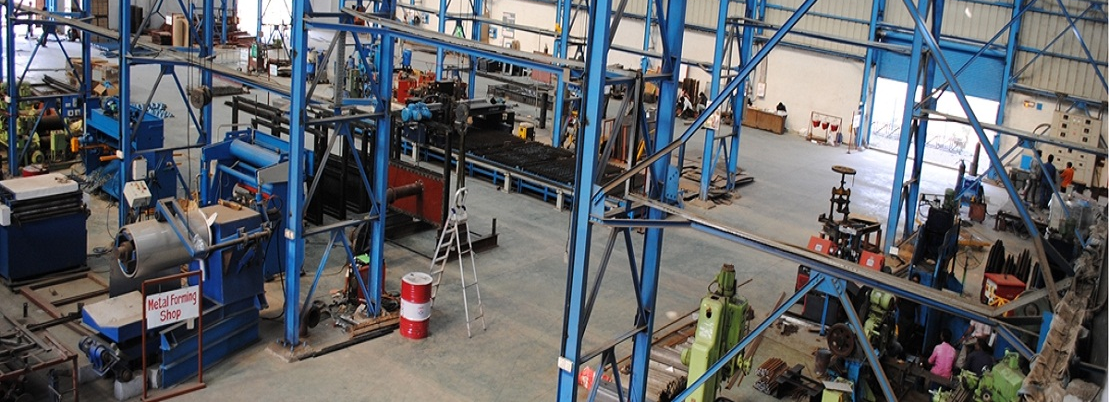What is G D test ?
Ans :-- It is a Gas distribution test
Where it is done ?
Ans :- It is done in all the passes inside ESP
What are the benefits of this activity ?
Ans :-- Gas flow pattern can be seen
What are the conditions to carry out G D test ?
Ans :--
What are the requirements from client for G D test ?
Ans :--
What is the procedure for G D test?
Ans :-- Procedure is attached herewith
Can output be guaranteed of G D test ?
Ans :-- All the benefits are the guaranteed subjected to condition that all other operation and maintenance practices are as per OEM recommendations.
What is justification of the budget of G D test ?
Ans :-- ESP performance will improve for environment
Can it be done in any ESP ?
Ans :-- Yes
What type of recommendations of this activity ?
Ans :-- AS per benefits given above.
What is co efficient of variation ?
Ans :-- The coefficient of variation is a measure of spread that describes the amount of variability relative to the mean
What is mean velocity ?
Ans :-- It is the average velocity of the plane.
What is standard deviation ?
Ans :-- It is the RMS value of all the readings with respect to velocity in the plane .
What is the type of instruments used ?
Ans :-- Hot wire anemometer with probe.
How much time is required for this test ?
Ans :--About three to four hours depending upon the size of ESP and number of passes.
How much time is required for implementations of recommendations ( placement / shifting of Diverter plats) ?
Ans :-- normally one day , depending upon the workmanship of client's contractor
How many persons are required for the test ?
Ans :--Four to six persons depending upon number of passes
What are the other appliances used during testing ?
Ans :-- Hot wire anemometer with probe , mask ,plane glasses , helmets , safety shoes writing pad, pen etc.
How G D test helps in ESP performance ?
Ans :--
Where G D test to be conducted ?
Ans :-- The test to be conducted between first and second field.
What should be the frequency of this test ?
Ans :-- It should be carried out in every overhaul of the unit to know changes in flow and effect of any maintenance during the span of one year.
Gas Distribution Test inside ESP
To know the flow pattern within the ESP, Gas Distribution test is conducted inside ESP during plant shutdown. Also, the flow concentration can be addressed with the help of diverters placed on G. D. screens
Scope of Work:-
1. The Gas Distribution test is conducted after installation of honey comb inside the duct. This test is conducted only after completing overall activities out in unit overhaul. Pre test is not required as the flow is changed after conducting overhaul activities in the boiler, duct and ESP.
2. The Gas Distribution test may be conducted as stand alone or in parallel with post CAVT by hot wire anemometer in boiler. The test is conducted in each pass of the ESP and the readings are taking between first and second field of ESP to get flow pattern through first field. The reading are taken at pre- decided location from top to bottom and from left to right in each pass.
3. The readings are then tabulated which gives us the readings with all details like average velocities, deviations etc, accordingly graphs are also plotted and the same are analyzed. If any flow concentration is observed in the readings or readings below average are found, then the diverter adjustment is proposed or done to get uniform flow pattern inside the ESP pass. The reports with conclusion etc are submitted to clients.
4. This testing helps to improve the ESP performance by properly utilizing the electrode capacities/area and ash collection.
5. The time required for the testing is about five to six hours for taking reading. For studying the flow pattern and adjustments to be carried out, if any as per study, it may take about 24 hours do the adjustment and counter checking the same by another set of readings.
The client is required to keep all the parameters and flow constant during testing.

